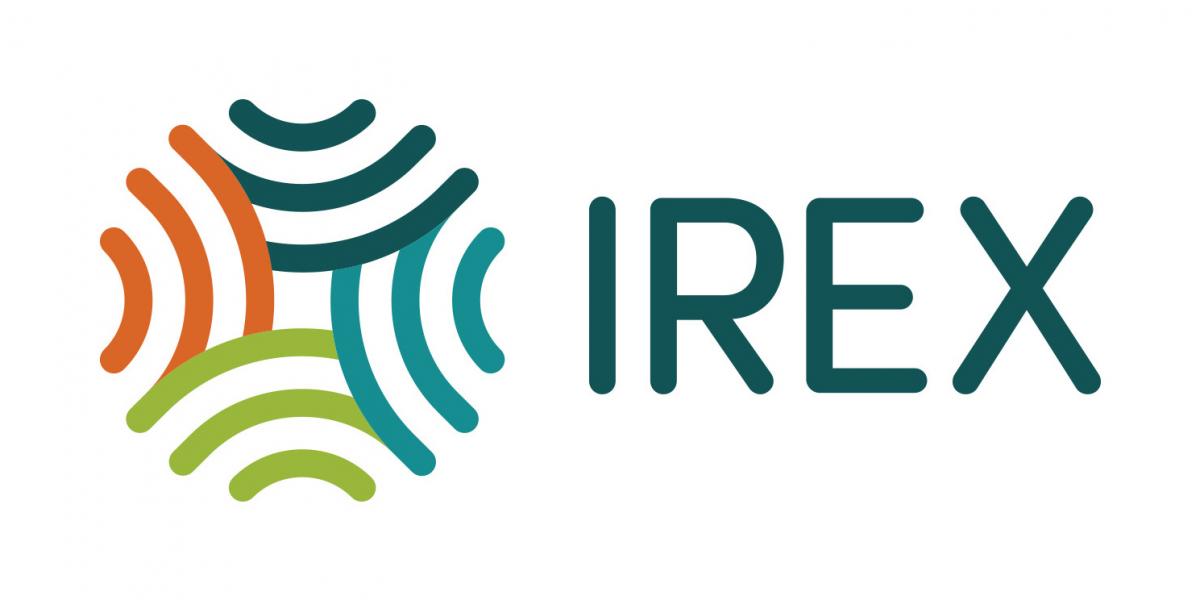Bridgebuilding Case Study: Kansas City Public Library
This case study was developed by IREX as an example of a "bridgebuilding" activity. IREX defines bridgebuilding as engaging across differences in ways that respect identities, foster mutual relationships, seek a common good, and promote a commitment to civic engagement, thereby contributing to increased social capital and strengthened civic infrastructure, and ultimately, a stronger democracy.
Background/context of the library
The Kansas City Public Library serves its community by being a doorway to knowledge.
With ten locations in the urban core of Kansas City, as well as a portion of the community in Independence and Sugar Creek, the library serves a growing population of over 500,000 people, connecting with patrons through tailored services at each branch. The library's Outreach team is committed to the needs of all patrons, including those who are experiencing homelessness or at-risk for homelessness, and connecting patrons to resources related to jobs and career, health and wellness, small business and entrepreneurship, and digital literacy. Each of the library locations prides itself on its connection to the community. For example, the North-East location hosts a Refugee and Immigrant Services and Empowerment team to serve the concentration of immigrants and refugees in the community.
What bridging initiative/program has the library offered?
The Kansas City Public Library's aim is to provide community-based resources and services. The library collects feedback through surveys to determine the needs of the community, which led Jenny Garmon to focus on tax services and encouraging community engagement as voters and census responders. As her role evolved, the library began hosting discussion groups with a local bridge-building nonprofit, as well as initiated a Civic Saturday Fellowship.
KCPL, with partners from American Public Square’s Civic Education Initiative, Consensus KC, and William Jewell College, hosted a National Week of Conversation (NWOC) event. The target audience was intergenerational—they worked with local college students to help develop the program and reached out to patrons over 55 years of age. The agenda for the evening was to start with a communal dinner and then separate into conversation pairs, with one student paired with an older adult. After time for conversation, two facilitators checked in with each of the pairs to hear what the participants learned and what surprised them, and to gather any other reflections and then share that with the larger group. Two of the student leaders wrote about the experience for their school newspaper and shared the article with the three partner organizations.

Why was a bridging initiative needed in the community?
KCPL collaborated with its partners to develop the concept for the NWOC event that would meet community needs. While most NWOC events are centered around political bridge-building, the library’s recent challenges in finding conservative or Republican conversation partners led them to concentrate on intergenerational bridgebuilding instead.
What were the signs of success?
There was significant participant excitement and engagement around the event. For example, the League of Women Voters President offered to help with the event, and participated as a conversation partner. The student leaders shared similar excitement from their cohort.
All respondents to a follow-up survey noted that, as a result of their participation, they felt more confident in their ability to have a discussion with someone who thinks differently than they do or has a different background than they do. All respondents said that they would also return for future NWOC events at the library.
What was learned?
The library found that the most important skills and resources for this effort were resilience, perseverance, and a strong network. This includes gaining internal buy-in from other library departments to help support a successful process. Relationships with local colleges and universities, senior centers, and individual connections with seniors and others were key to getting ten pairs of participants.
It was important to remain flexible and ready to pivot based on the community’s needs and responses. For example, the biggest unforeseen challenge was that some seniors were too intimidated to come to the library at night. Even finding additional door-to-door transportation options didn’t reduce the barrier enough. Garmon lowered the age of senior participants to ages 55 and over, and they received more registrations.
Another key learning was to ensure that partners stay informed as the program evolved—transparency and honesty in communication were key to the success of the program.
Photo: Courtesy Kansas City Library
Library details
- Library name: Kansas City Public Library
- City, State: Kansas City, Missouri
- Size of library system: 10 locations
- Contact for bridging work: Jenny Garmon, [email protected]
Use this case study to learn:
- how to work with partners on bridging events.
- about opportunities for dialogue when the library has faced challenges in getting a diversity of political viewpoints at events.
- how to know an event was successful.
Share your story

Does your library have a bridgebuilding example to share? Write your own case study by completing this template and sending it to [email protected].

